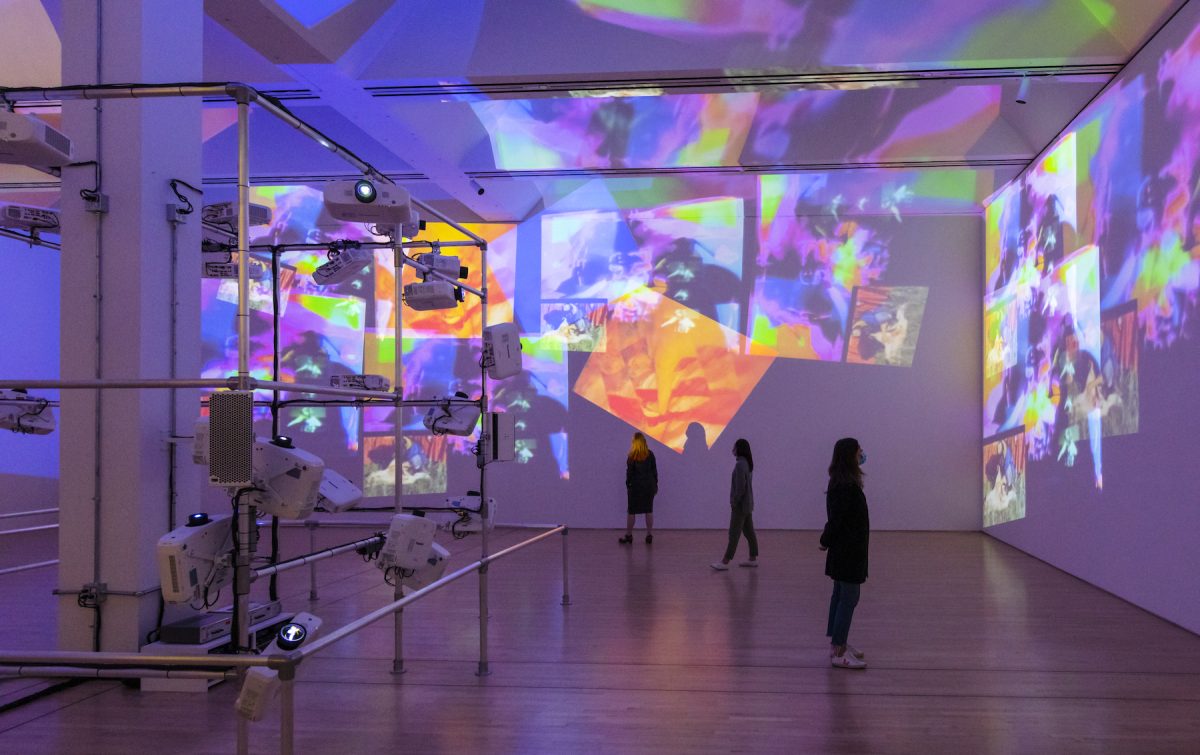
The San Francisco Museum of Modern Art (SFMOMA) will present the exclusive US run of Nam June Paik, a major retrospective of Paik’s radical and experimental art, on view from May 8 through October 3, 2021. One of the first truly global artists, Paik (1932–2006) foresaw the importance of mass media and new technologies, coining the phrase “electronic superhighway” in 1974 to predict the future of communication in an internet age. The exhibition will celebrate his multidisciplinary and collaborative practice that encompassed art, music, performance, and technology, all in dialogue with philosophies and traditions from both Eastern and Western cultures.
Bringing together over 200 works across all media spanning a five-decade career, from early compositions and performances to large-scale video installations and global satellite projects, Nam June Paik offers an in-depth understanding of the artist’s trailblazing practice. Paik’s innovative, irreverent, and entertaining works were informed by his musical background and his vision of an interconnected future. Organized by SFMOMA and Tate Modern, London, with additional presentations at the Stedelijk Museum Amsterdam and the National Gallery Singapore, the retrospective will be the first major Paik show in the US in over 20 years and the first ever large-scale survey of his work on the West Coast.

Organized thematically, the exhibition will unite many of Paik’s most iconic and provocative works from throughout his career. In TV Buddha (1974), an 18th century wooden Buddha appears to watch itself on a modern television, typifying the influence of Zen Buddhist philosophies on Paik’s approach to art and technology. Also on view will be TV Garden (1974–77/2002), an immersive installation featuring dozens of TV sets alongside lush foliage in a futuristic landscape where technology is an integral part of the natural world.

Unique to SFMOMA’s presentation will be two robots, one each dedicated to composer John Cage and choreographer Merce Cunningham, two of Paik’s key collaborators along with artist Joseph Beuys and cellist Charlotte Moorman. John Cage Robot II(1995) and Merce / Digital (1988), among many other works, will highlight Paik’s creative partnerships and collaborative artistic practice.
The retrospective will culminate in the dazzling installation Sistine Chapel (1993), a mesmerizing riot of sound and images from dozens of projectors, taken from the German pavilion which won the Golden Lion award at the Venice Biennale in 1993. Presented in its largest scale of any venue at SFMOMA, and exceeding that of all other works in the exhibition, Sistine Chapel will envelop the audience in an audio-visual remix of Paik’s past videos and collaborators seen throughout the exhibition.
Nam June Paik continues through October 3, 2021 at The San Francisco Museum of Modern Art (151 Third St, San Francisco, CA 94103).


0 Commentaires